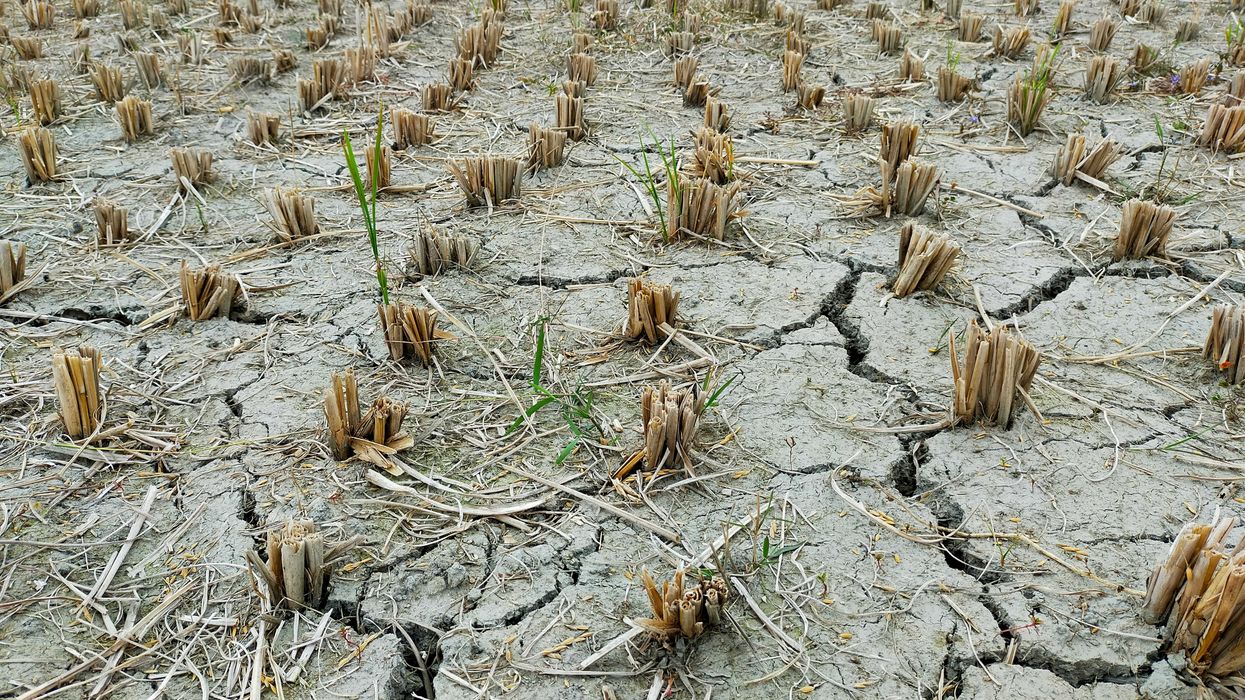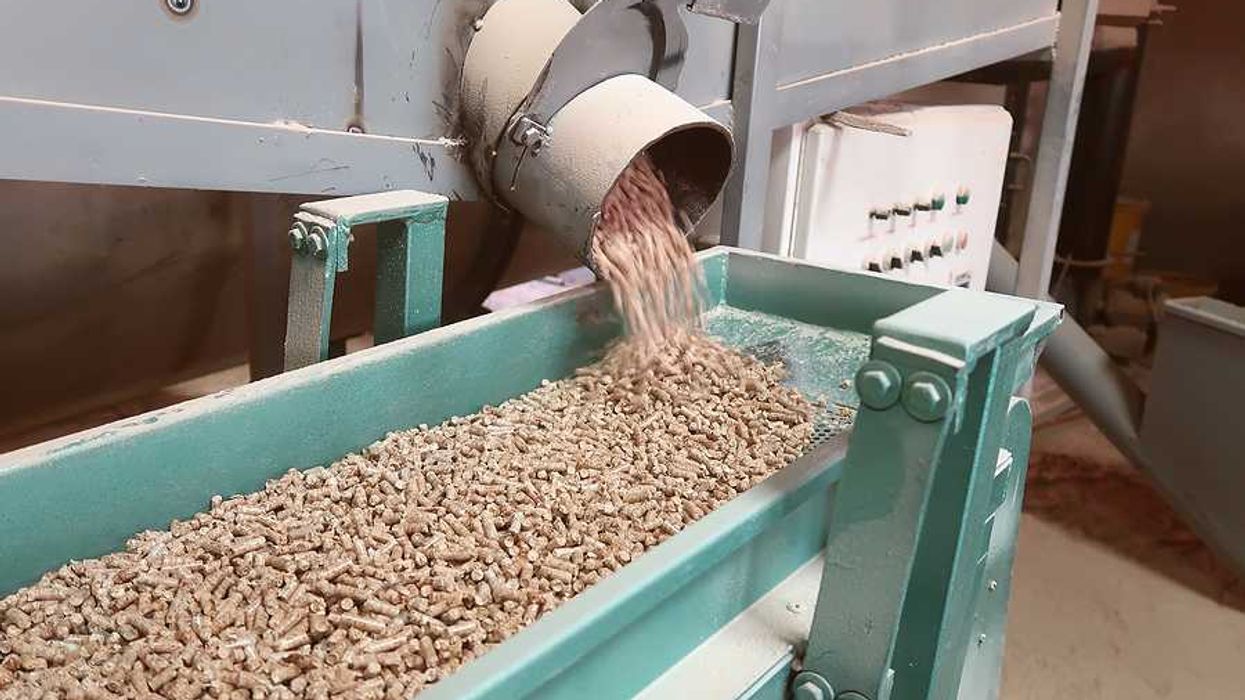Treated sewage sludge is spread over large areas of UK farmland despite containing hazardous pollutants that escape regulatory oversight.
Rachel Salvidge reports for The Guardian.
In short:
- UK water companies spread about 87% of sewage sludge — rebranded as biosolids — on farmland, even though it contains PFAS, pharmaceuticals, microplastics, and banned chemicals like PFOS. Current regulations only require testing for a handful of heavy metals.
- One in 20 sludge storage sites are located within 100 meters of rivers, and more than 1,200 are near already-polluted eutrophic waters, raising the risk of further contamination and ecosystem damage.
- Researchers found that microplastics from sludge persist in soil for decades. Despite widespread use, the Environment Agency conducts minimal enforcement and relies on outdated rules set in 1989.
Key quote:
“Though sludge could be a beneficial fertiliser, it is mixed with the dregs of chemical pollutants. Damaging PFAS, BPA and glyphosate are prevalent in sludge. Regulation must be strengthened to protect public health and the environment.”
— Richard Benwell, chief executive of Wildlife and Countryside Link
Why this matters:
Spreading sewage sludge on farmland ties together two pollution pathways — wastewater and agriculture — into a single, underregulated system. While marketed as an eco-friendly fertilizer, this sludge contains PFAS, hormone disruptors, microplastics, and banned chemicals that can leach into soil, water, and food crops. These contaminants don’t break down easily, persisting for years in fields and waterways. Microplastics from sludge can travel up the food chain, while PFAS compounds have been linked to immune suppression, cancer, and reproductive harms.
Because sludge is often stored near rivers and in vulnerable zones, runoff or mismanagement can amplify nutrient pollution and spark harmful algal blooms. Yet despite its environmental and public health risks, the system remains largely invisible, under-tested, and weakly enforced.
Related: Toxic sludge used as farm fertilizer raises health and environmental alarm in UK














